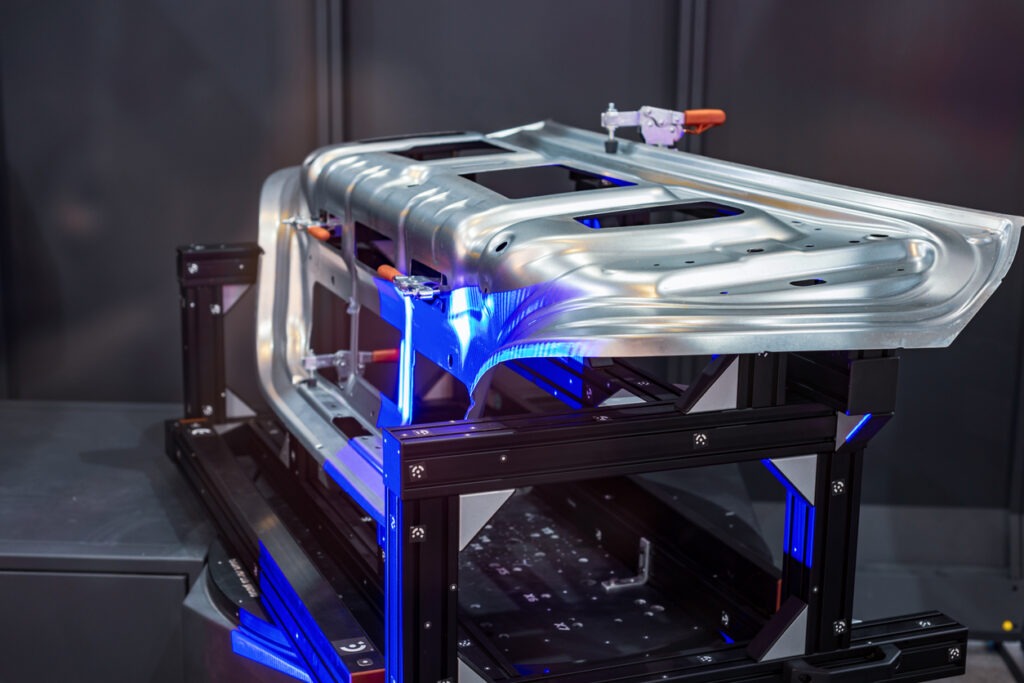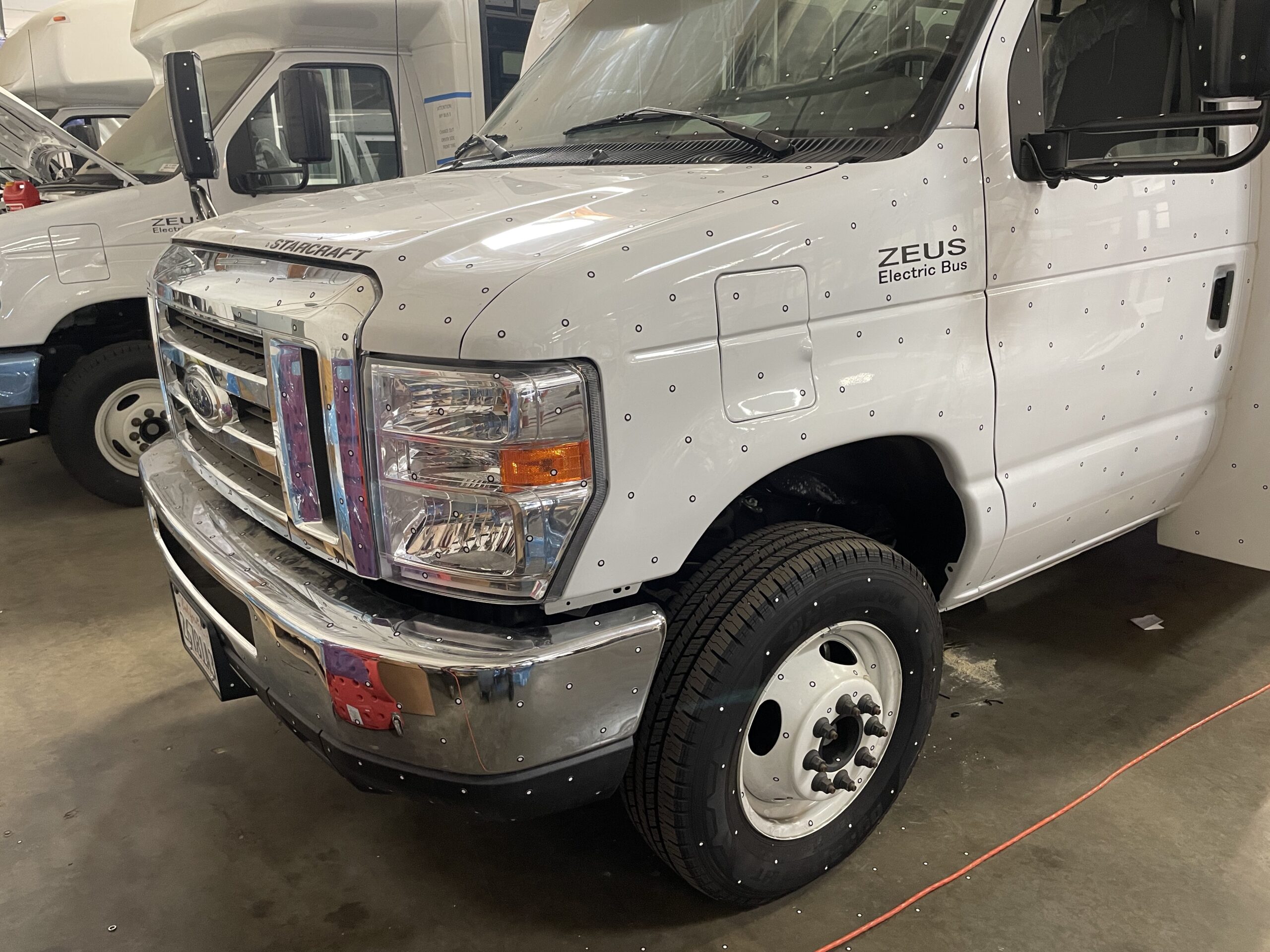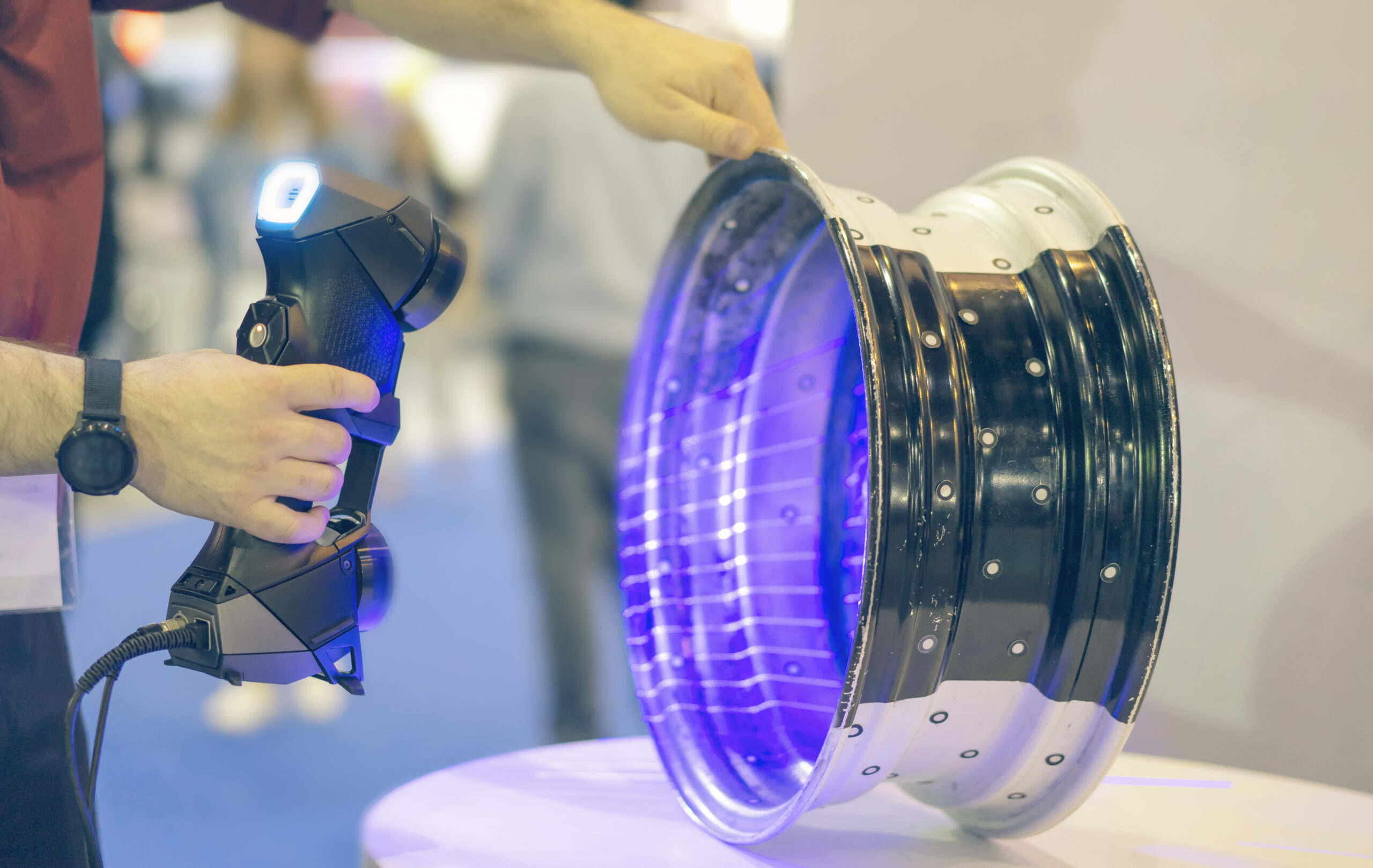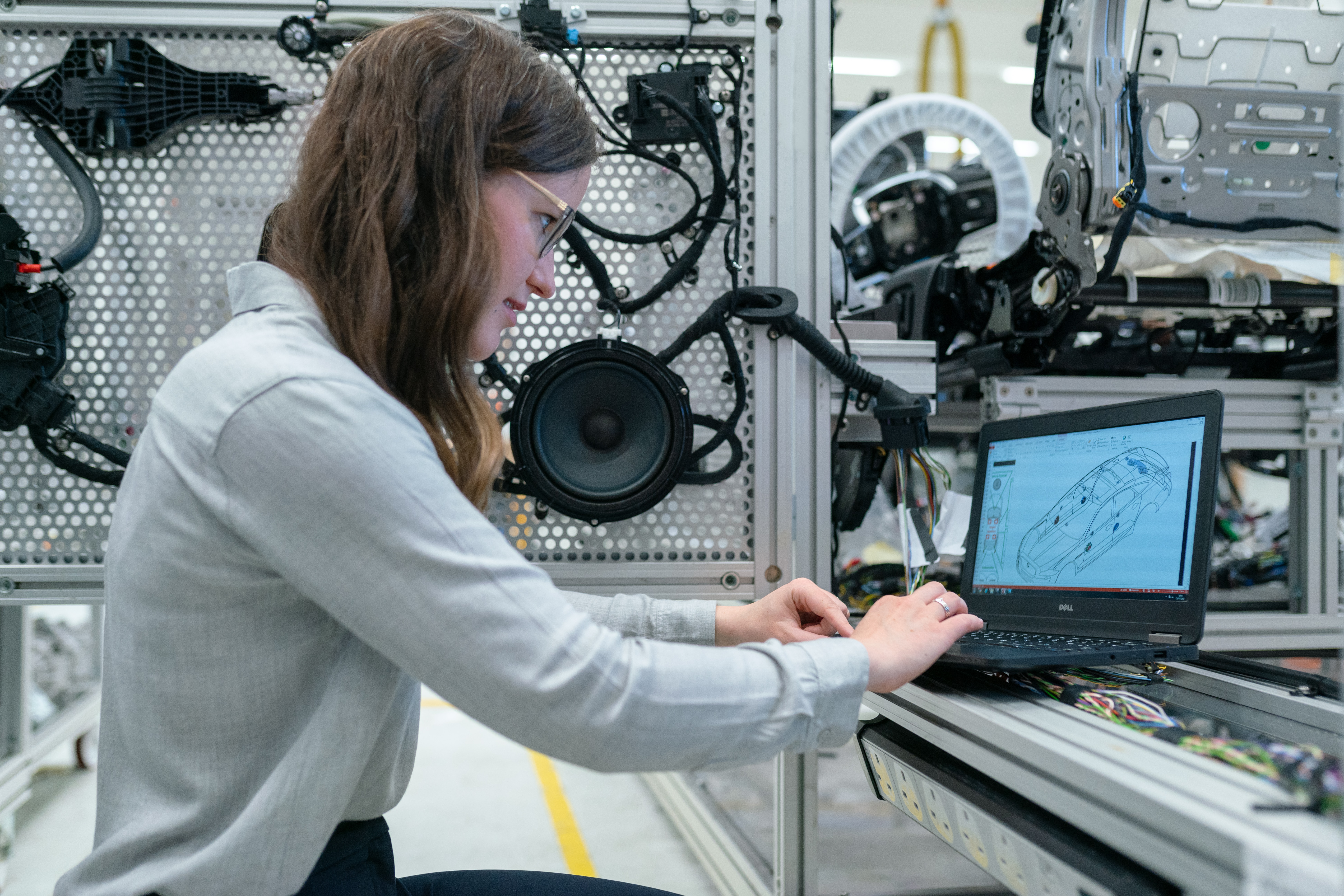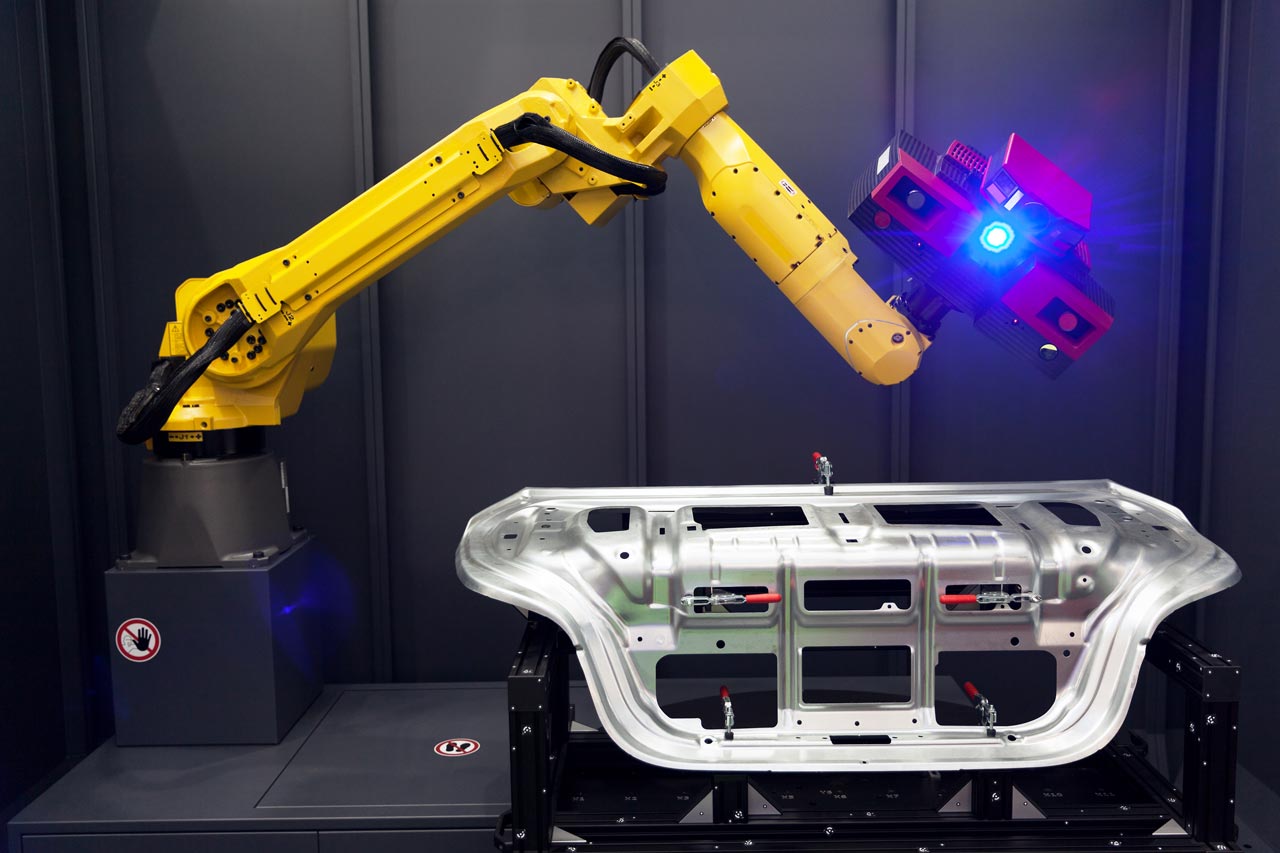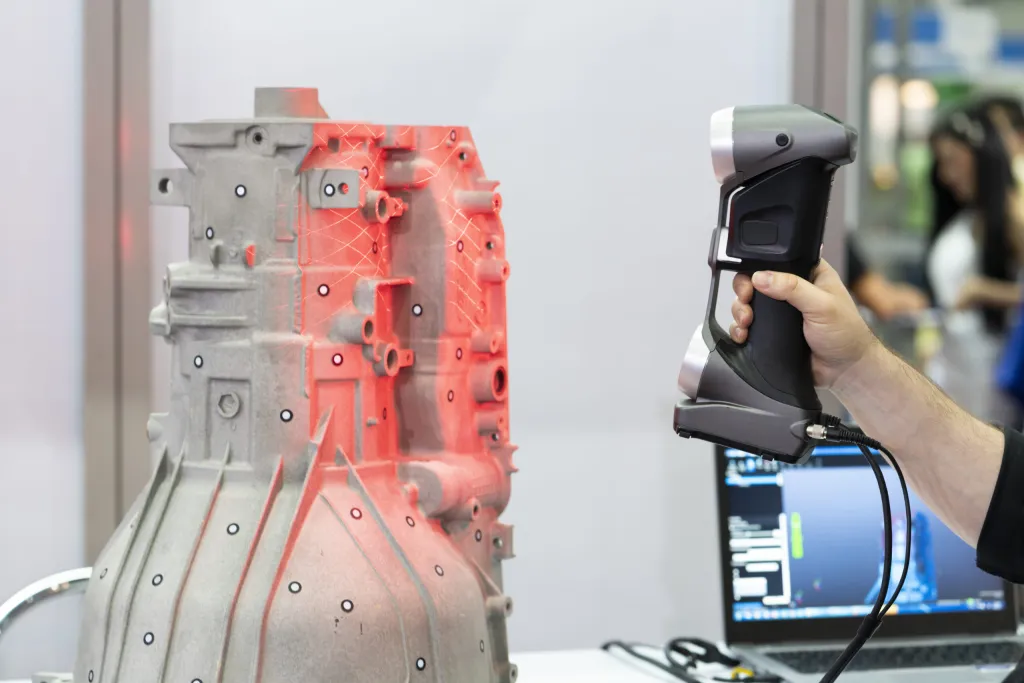3D laser scanning seems to be the perfect engineering technology. The 3D scan accuracy of specifically blue light laser scanners, detects the smallest details with accuracy reaching 25 microns.
Digital files with this amount of 3D scan accuracy trickles down to near-perfect products, data results, and quality verification.
However, can a 3D laser scanner detect all details perfectly? What are the limitations of 3D laser scanning?
By having an understanding of the limitations of 3D laser scanning along with project expectations, there is a limitation of error and loss time for a project.
Is 3D Scanning Perfect? 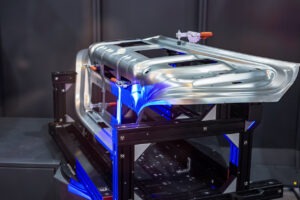
The short answer is, no.
Despite the remarkable advancements in 3D scanning technology, achieving absolute perfection remains an elusive goal.
Several factors contribute to this, including the complexity of objects being scanned, limitations of the scanning equipment, material being scanned, environmental conditions, and human error.
We have a favorite saying at Tangent Solutions, “garbage in, garbage out”.
3D scan accuracy is only as good as the item being scanned. The lasers will detect every detail, including damage and inconsistencies, that will need to be corrected in the post processing.
Certain materials may also alter scan data including texture, color, reflectivity; also depending on the 3D scanner used.
Factors Influencing 3D Scan Accuracy
There are a variety of factors that will affect the 3D scan accuracy of a file.
It is best to work with a 3D laser scanning provider who is well aware of the following factors. Many can be eliminated just with proper preparation and communication of the project goals.
Complexity of Objects
While 3D scanners excel at capturing the geometry of simple and moderately complex objects, they can struggle with highly intricate or reflective surfaces.
Objects with intricate details or complex geometries can pose challenges for scanners, leading to inaccuracies or missing data in the final scan. Examples of these intricacies include, but not limited to, thin wiring, hole dimensions, minute etchings, reflective linings, and clear components.
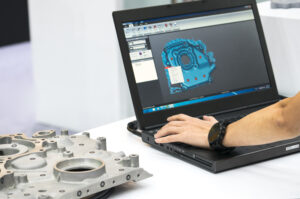
3D scan accuracy is only as good as “line of sight”, meaning if a laser has nothing to bounce off of or cannot reach the bottom, then the data cannot be recorded.
Some projects can be sprayed with a powder-like substance that takes away any reflectivity or fills in translucent materials. This allows for the lasers to bounce off the surface, back to the scanner, and record data successfully.
What is great about this process is that the powder is micro-size and does not have to build on top of itself; not altering the size or thickness of the scan subject.
Scan Subject Material
The material composition of the part being scanned can also alter scan data. Projects with texture, damage, translucency, and patterns will be represented in a file. This can confuse the design engineer who is cleaning up or reverse engineering the parts for CAD.
Hole dimensions can be misrepresented while tolerances of certain dimensions are not able to be held because of damage on the item.
This returns to understanding the goals and expectations of your project. A plastic, injection molded part will not hold aerospace-grade tolerances based on the production method; due to shrinkage. 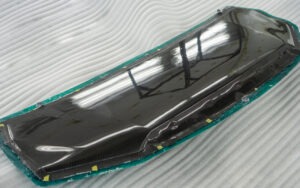
There can also be dimensions that are not as straight as they seem due to their production method. The best way to guarantee “perfection” is to have scan data reverse engineered for a CAD model.
Scanning Equipment Limitations
The accuracy of a 3D scan is heavily dependent on the quality and capabilities of the scanning equipment. Higher-end scanners equipped with advanced sensors and precision optics are capable of capturing finer details with greater accuracy.
The difference between a $1000 scanner and a $75,000 is substantial in detail, accuracy, and resolution. Our in-house platform has 3D scan accuracy of up to 0.025mm. Yes, millimeters.
A quick search on Amazon displays a 3D scanner with only 0.1mm accuracy, at the $1000 price point. It also is heavy and based on reviews, comes with software that is difficult to translate data to CAD.
When working with a team that specializes in reverse engineering, the quality of 3D scanning equipment will deliver files that are ultra-precise and in familiar, universal file formats.
Take a look at a sample folder of commonly delivered file formats and project portfolio.
Environmental Conditions
Environmental factors such as lighting, temperature, and humidity can affect the accuracy of 3D scans. Poor lighting conditions or variations in temperature and humidity can introduce noise and artifacts into the scan data, compromising its accuracy.
Basically, the lasers are not able to properly bounce back to the scanner and record the data. Light can rebound and cause discrepancies as if it was a physical object. 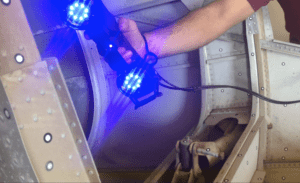
Naturally any water or humidity does not gel well to electronic equipment; go figure. Outdoor scanning can also be particularly challenging due to factors like water and wind.
Human Error
It’s not only that the scanner is affected by environmental conditions but human operation can be. Less than favorable conditions leave room for mistakes by missing important details or not covering an area entirely.
Despite the automation of many aspects of the scanning process, human error can still play a significant role in the accuracy of 3D scans.
There can also be errors in calibration, alignment, or scanning technique that can result in inaccuracies or inconsistencies in the final scan data.
Applications in Aerospace, Manufacturing, and Other Industries
While 3D scanning may not be perfect, its benefits far outweigh its limitations, particularly in industries where precision and accuracy are paramount.
Here are industries where 3D laser scanning excels:
Aerospace
In the aerospace industry, safety and precision are of the utmost importance. 3D scan accuracy plays a crucial role in various stages of aircraft design, manufacturing, and maintenance.
From capturing the geometry of complex aircraft components for reverse engineering to performing dimensional inspections of critical parts, 3D scanning enables engineers to ensure compliance with strict quality standards and regulatory requirements.
3D scan accuracy can be compared to original CAD models to visualize damage, unseen from eyesight. The quick efficiency of 3D scanning helps keep airliners in service.
Manufacturing
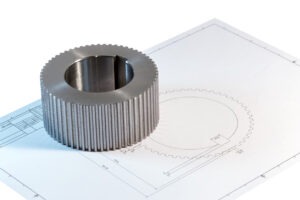
In manufacturing, 3D scanning is used for quality control, process optimization, and reverse engineering.
By accurately capturing the geometry of manufactured parts and comparing them to CAD models or design specifications, manufacturers can identify deviations and defects early in the production process, minimizing waste and ensuring product quality.
Additionally, 3D scanning facilitates the reverse engineering of legacy parts or components, allowing manufacturers to recreate obsolete or hard-to-find components with precision.
Product Development
3D scanning offers significant advantages in product development, primarily through its ability to create highly accurate digital representations of physical objects and get products to market faster.
High level 3D scan accuracy ensures that the product’s design closely mirrors its real-world counterpart.
Another key benefit is the facilitation of rapid prototyping. 3D scanning allows for quick iterations and testing before finalizing the design. Engineers can create either mesh or CAD models within a couple of hours and send off to 3D printing or other prototyping services.
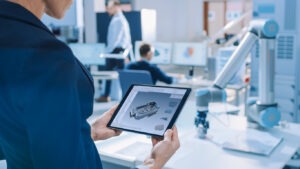
Additionally, it enables detailed inspection and analysis for quality control purposes. Manufacturers can compare the scanned model with the original design to identify any deviations or defects, ensuring high-quality standards throughout the production process.
3D Scan Accuracy Limitations and Challenges
Despite its numerous applications and benefits, 3D scanning is not without its limitations and challenges. Some of the key challenges associated with 3D scanning include the following:
Limited Resolution
3D scanning resolution is determined by factors such as scanner hardware, scanning distance, and scanning technique.
While modern scanners are capable of capturing fine details with impressive accuracy, there are inherent limitations to the resolution of 3D scans, particularly when scanning small or intricate objects; as explained above.
Data Processing Time
Processing and analyzing 3D scan data can be time-consuming, particularly for large or complex scans.
The sheer volume of data generated by 3D scanners can overwhelm computer systems, requiring specialized software and hardware for efficient processing and analysis.
Reverse engineering can help cut down computation time as parts are itemized and redrawn.
Cost
High-quality 3D scanning equipment can be expensive, particularly for professional-grade scanners with advanced features and capabilities.
Additionally, the cost of training personnel to operate and maintain 3D scanning equipment should be taken into account.
Based on the consistent need for 3D scanning can help determine if purchasing a 3D scanner is even best for your project goals. Another option is to hire a 3D scanning services provider; like us, Tangent Solutions.
Expertise Required
While 3D scanning technology has become more accessible in recent years, achieving accurate and reliable results still requires a certain level of expertise and experience.
Proper training and proficiency in scanning techniques, data processing, and analysis are essential for maximizing the accuracy and utility of 3D scanning technology. Once again, it may be best to hire a service provider.
Conclusion
While 3D scanning technology has undoubtedly revolutionized various industries and opened up a world of possibilities, it is essential to approach it with realistic expectations.
This technology may not be perfect, its benefits in terms of efficiency, accuracy, and innovation far outweigh its limitations.
By understanding the factors influencing 3D scan accuracy, leveraging its capabilities for specific applications, and addressing its challenges through ongoing understanding and development, the boundaries of what is possible can continuously be improved.


